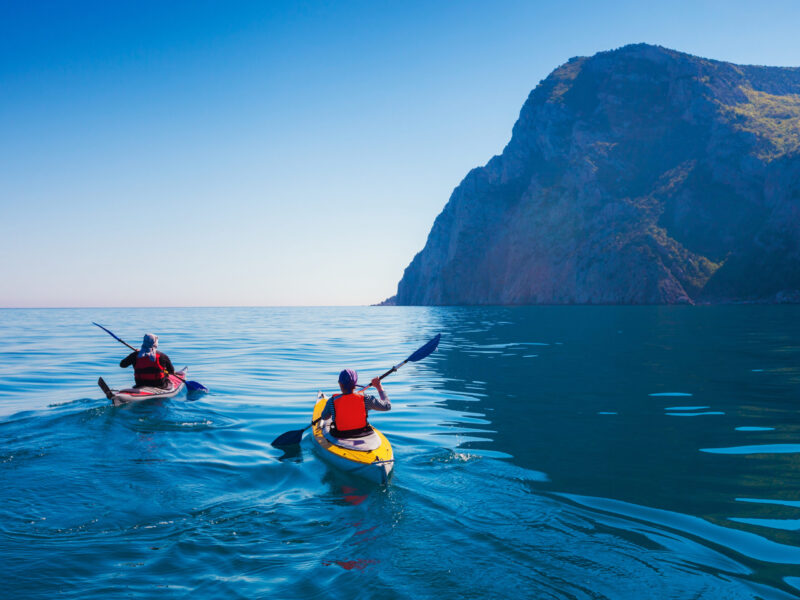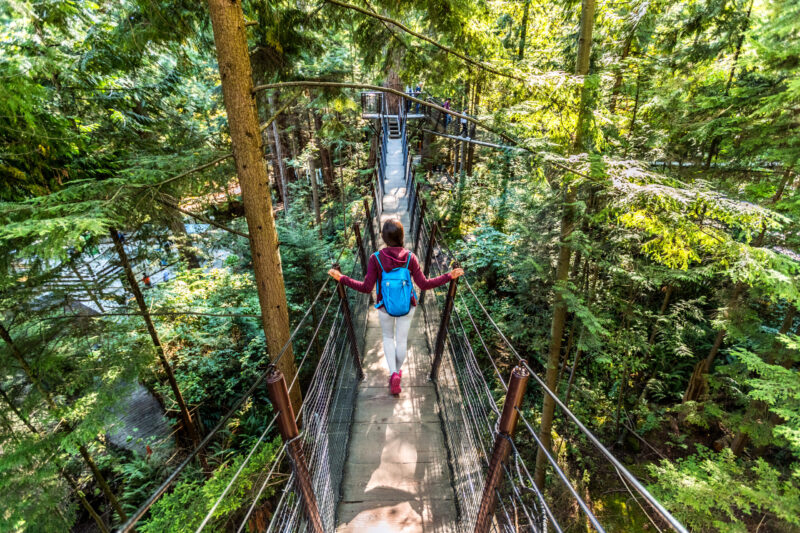
This site
is mobile
responsive

In the ever-evolving landscape of global tourism, Malaysia stands at a crossroads, facing transformative challenges and uncertainties1. Seizing this moment, the nation has strategically positioned itself among the world’s top-ten destinations, with a focus on niche segments, particularly towards nature-based tourism (NBT).
Weaver (2001), defines “nature-based tourism” as encompassing ecotourism, adventure, sustainable, and even cultural travel2 highlighting the deep connection between tourists’ experiences and their appreciation of nature.
A key initiative to showcase Malaysia’s natural beauty and sustainability commitment is the National Ecotourism Plan 2016 – 2025. This effort was recognised when Malaysia successfully ranked 26th among the top 50 ecotourism destinations by Forbes Advisor in July 2023, illustrating the nation’s potential and the importance of leveraging ecotourism opportunities.
This strategy promotes synergies between local communities, the economy, and tourism encouraging respectful interactions and the discovery of Malaysian culture through authentic local experiences. It focuses on five key areas: ecotourism investment, tourism concessions, synergy between ecotourism and conservation, ecotourism marketing, and ecotourism clusters.
Aligned with the National Tourism Policy 2020 – 20303, Transformation Strategy 4 seeks to sophisticate demand by providing visitors the opportunity to enjoy natural attractions and engage in nature-based experiences, supporting customised and discerning travel, increasing the depth of the tourist experience. Despite Malaysia’s rich natural and cultural assets, there is room for improvement in presenting and interpreting these resources, especially in the ‘Malay Heartland’ of Peninsular Malaysia’s East Coast (Olarere, 2019)4.
Attracting high-value tourists and catering to customised travel needs are both essential for encouraging longer stays and exploration of multiple destinations5. Focusing on NBT requires investments in communication, capacity building, and public infrastructure to enhance Malaysia’s appeal highlighting cleanliness, safety, and security. It is also vital to dispel any negative perceptions held by tourists.
Relevant ministries/agencies could leverage MIDA’s capabilities in promoting investment, incentives, and capacity building for NBT, with a strong emphasis on ESG principles. Businesses are encouraged to explore new investments in tourism ventures, such as theme parks, convention centers, and recreational camps, to benefit from attractive tax incentives.
These incentives include Pioneer Status (PS), offering benefits equivalent to 70 per cent of their statutory income for each assessment year over a 5-year period or Investment Tax Allowance (ITA), covering 60 per cent of qualifying capital expenditure over the same period. This provides a substantial offset against 70 per cent of statutory income for each assessment year. It is important to note that both PS and ITA are mutually exclusive.
As of September 2023, MIDA has approved 51 projects related to NBT activity, with a total investment of RM2.4 billion potentially creating 4,252 jobs. One of these projects is the Borneo Empurau Farm & Resort Sdn. Bhd., an integrated tourism project in Serian, Sarawak, is expected to cost RM30 million due to expansions, creating 70 jobs and including attractions like artificial waterfalls and organic gardens.
The influx of NBT stimulates local businesses and fosters ecosystem and wildlife preservation, creating a sustainable environment that benefits both the community and the broader tourism industry. Malaysia’s commitment to NBT positions the nation as a global leader in attracting discerning, high-value visitors. The Malaysian Tourism Data (2020) highlights that islands and beaches (76.8 per cent), ecotourism (57.8 per cent), and greenery (45.7 per cent) are among the top 10 tourism types attracting domestic travellers6. Notably, islands and beaches stand out, reflecting the potential for Malaysia to capitalise on its natural assets. The tourism industry’s resilience is evident as the country ranks second to Thailand in the Southeast Asian region, with a significant increase in tourist arrivals, reaching 9.16 million in the first half of 20237.
Projections by the Ministry of Tourism, Arts and Culture (MOTAC) indicated a robust recovery, aiming to surpass pre-pandemic levels with an expected 35.6 million international tourist arrivals in 2026 for the upcoming Visit Malaysia Year 2026 (VM2026), accompanied by domestic spending projected at RM147.1 billion8.
With a properly planned marketing strategy and promotional efforts propelling this positive trajectory, Malaysia is poised to become a premier destination for sustainable and nature-based tourism. MIDA expresses optimism in attracting NBT investments to complement the burgeoning demand for sustainable travel experiences, aligning with Malaysia’s strategic vision for the future. For more information on the tax incentive for new growth areas in the tourism industry please visit https://www.mida.gov.my/ or reach out to https://www.mida.gov.my/staffdirectory/ healthcare-education-hospitality-division.
1 https://aei.um.edu.my/malaysias-tourism-industry-challenges-amid-the-covid-19-pandemic
2 Weaver, David Bruce. (2001). Ecotourism as Mass Tourism: Contradiction or Reality?. The Cornell Hotel and Restaurant Administration Quarterly, 42, 104-112. 10.1016/S0010-8804(01)80022-7.
3 National Tourism Policy 2020-2030
4 Olalere. (2019). Intangible Cultural Heritage as Tourism Product: The Malaysia Experience Folasayo Enoch Olalere University of Zululand, South Africa. African Journal of Hospitality, Tourism and Leisure, Volume 8 (3) – (2019) ISSN: 2223-814X.
5 National Tourism Policy 2020-2030
7 https://themalaysianreserve.com/2023/12/09/tourism-industry-expected-to-rise-in-2024/
8 https://themalaysianreserve.com/2024/01/23/tourism-malaysia-gearing-up-for-visit-malaysia-2026/
